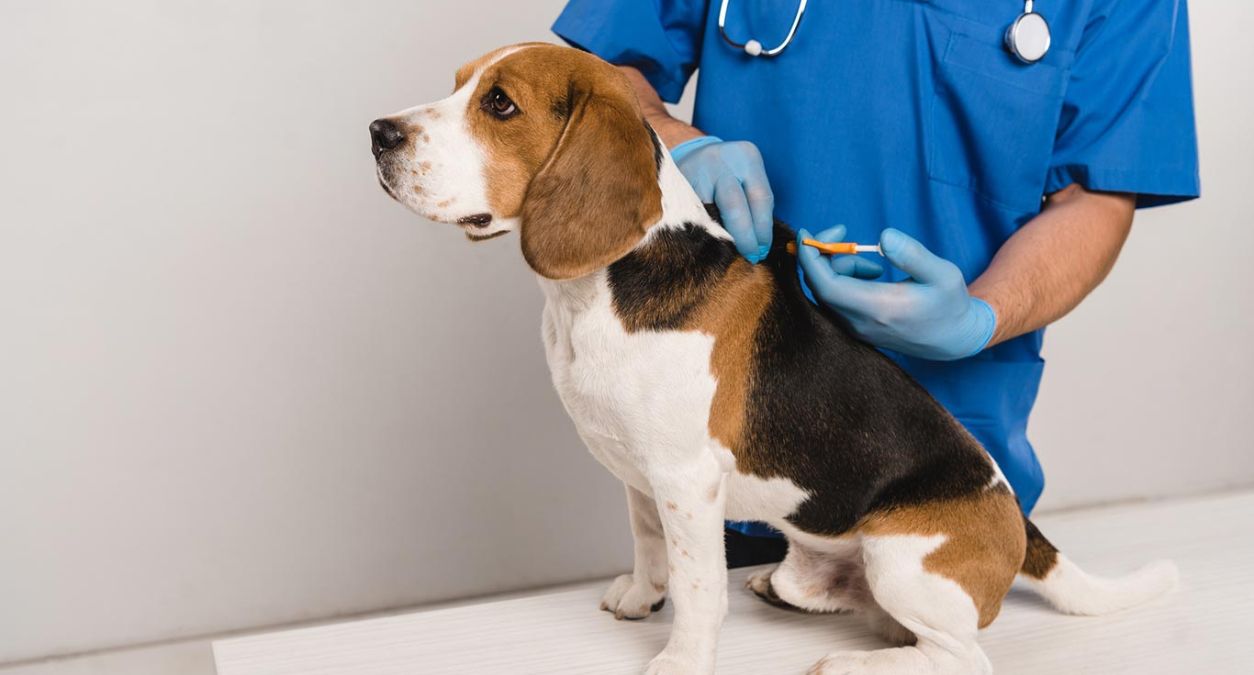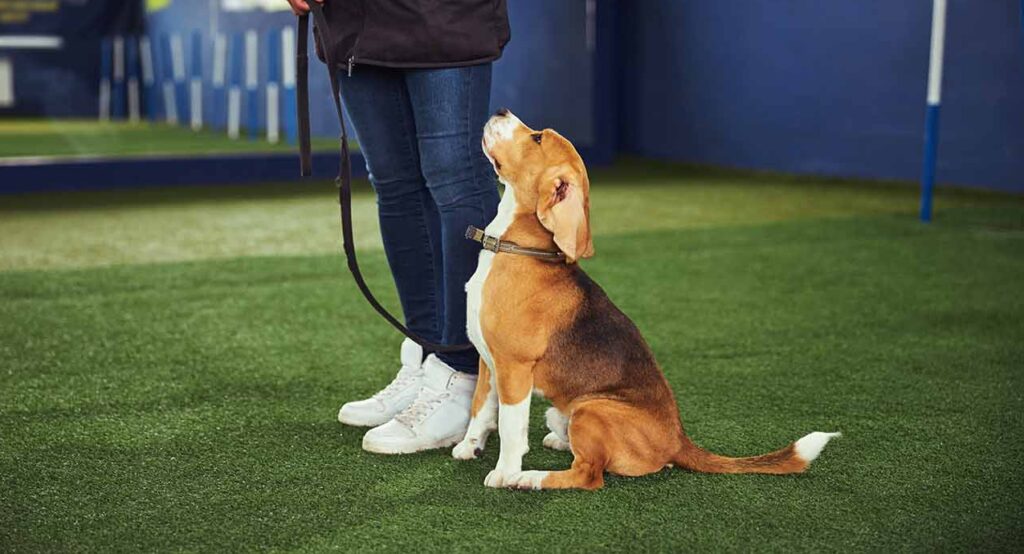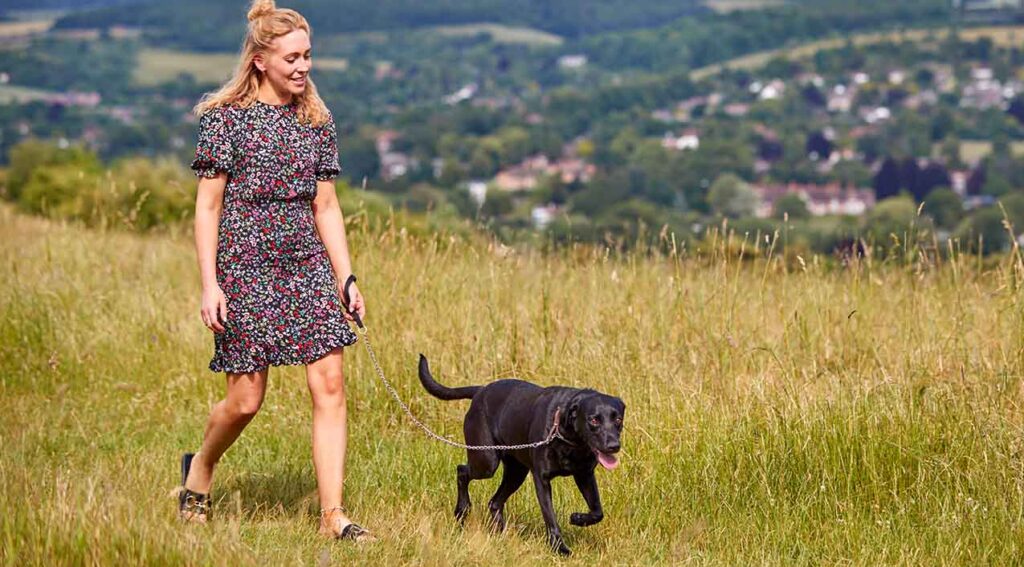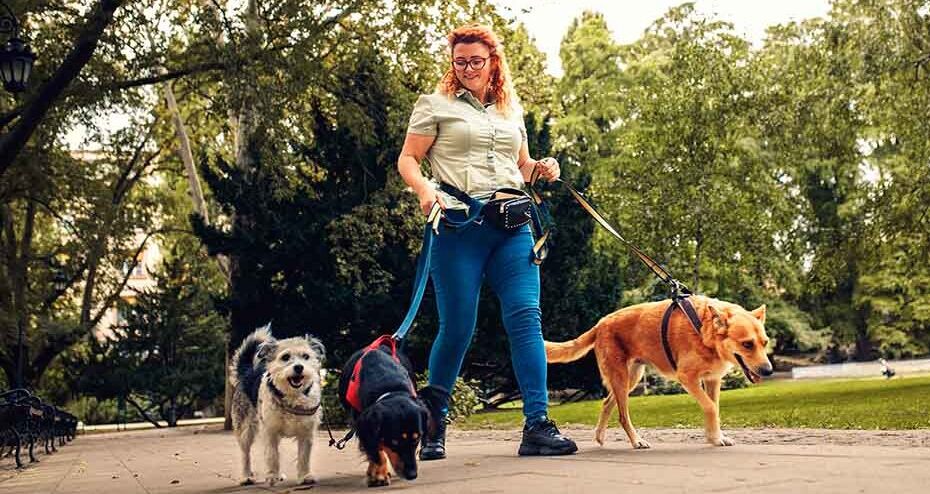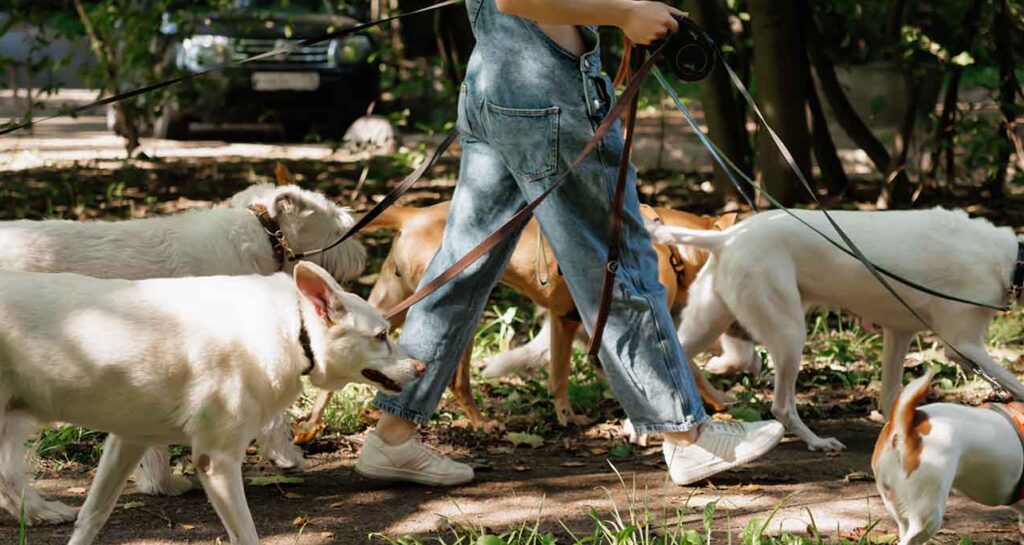Table of contents
The Microchipping of Dogs (England) Regulations 2015 is a draft bill set to come into action by the 6th April 2016 making it a legal requirement for all dogs in England to be microchipped by 8 weeks old. This means all dogs and owner’s details will be held on databases such as PetLog (managed by The Kennel Club) to ease reuniting lost pets with owners.
The main aim of this legislation is to reduce the number of abandoned animals, with animal rescue centres becoming more and more crowded compulsory microchipping will ensure owners cannot avoid responsibility for their pets.
How do I become a microchipper?
*Disclaimer – This blog has been created as general information and should not be taken as advice. Make sure you have the correct level of insurance for your requirements and always review policy documentation. Information is factually accurate at the time of publishing but may have become out of date.
Last updated by




